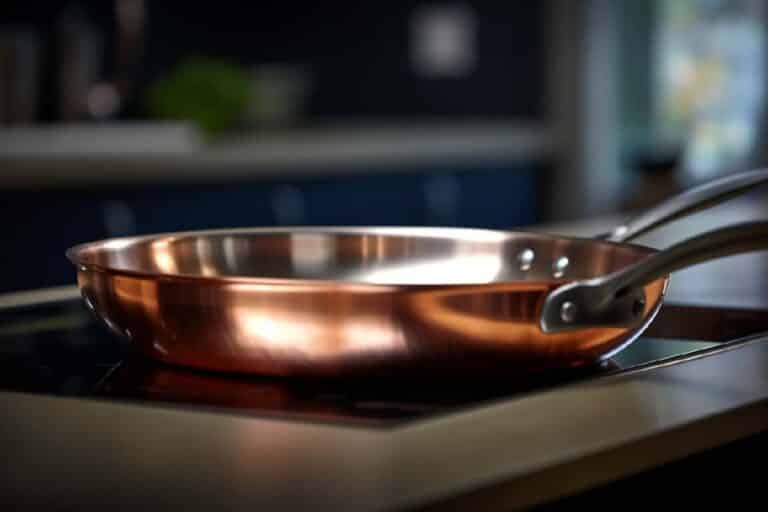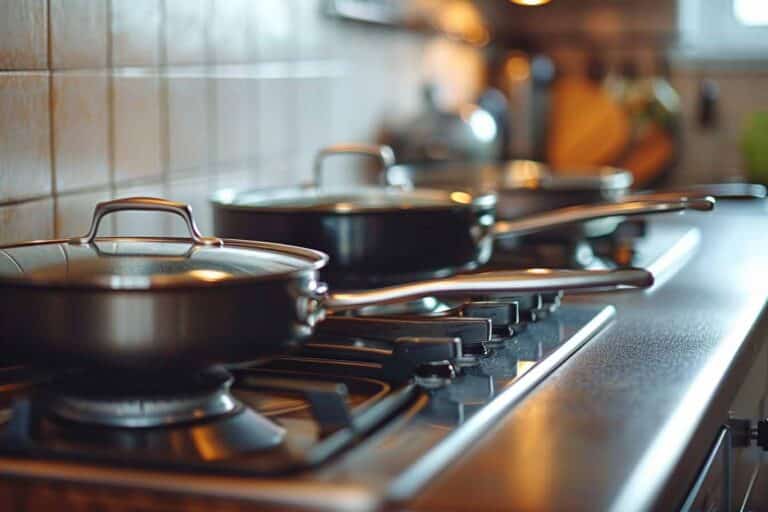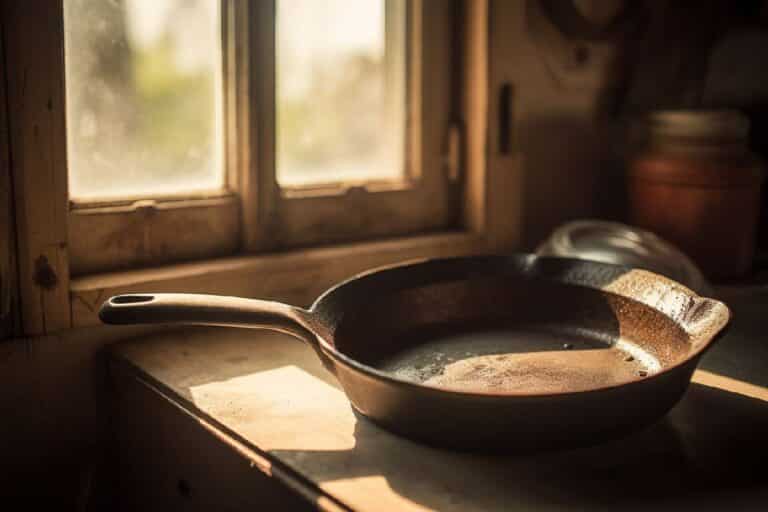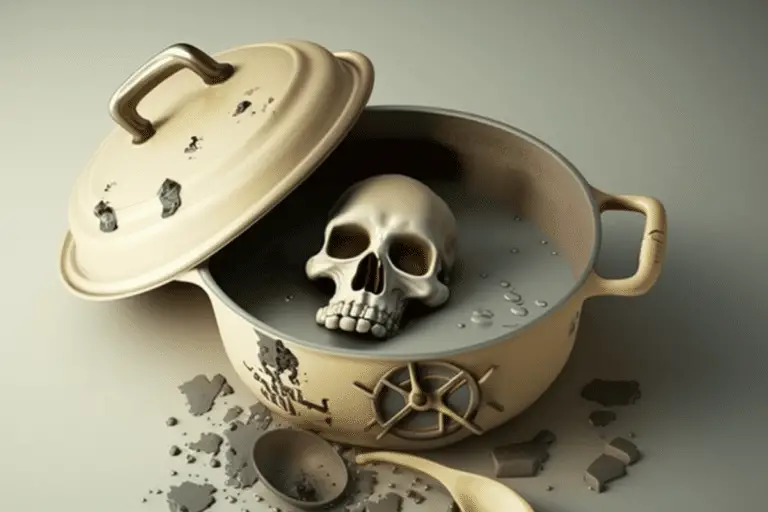Is Quantanium Non-Stick Cookware Safe? Everything You Need to Know
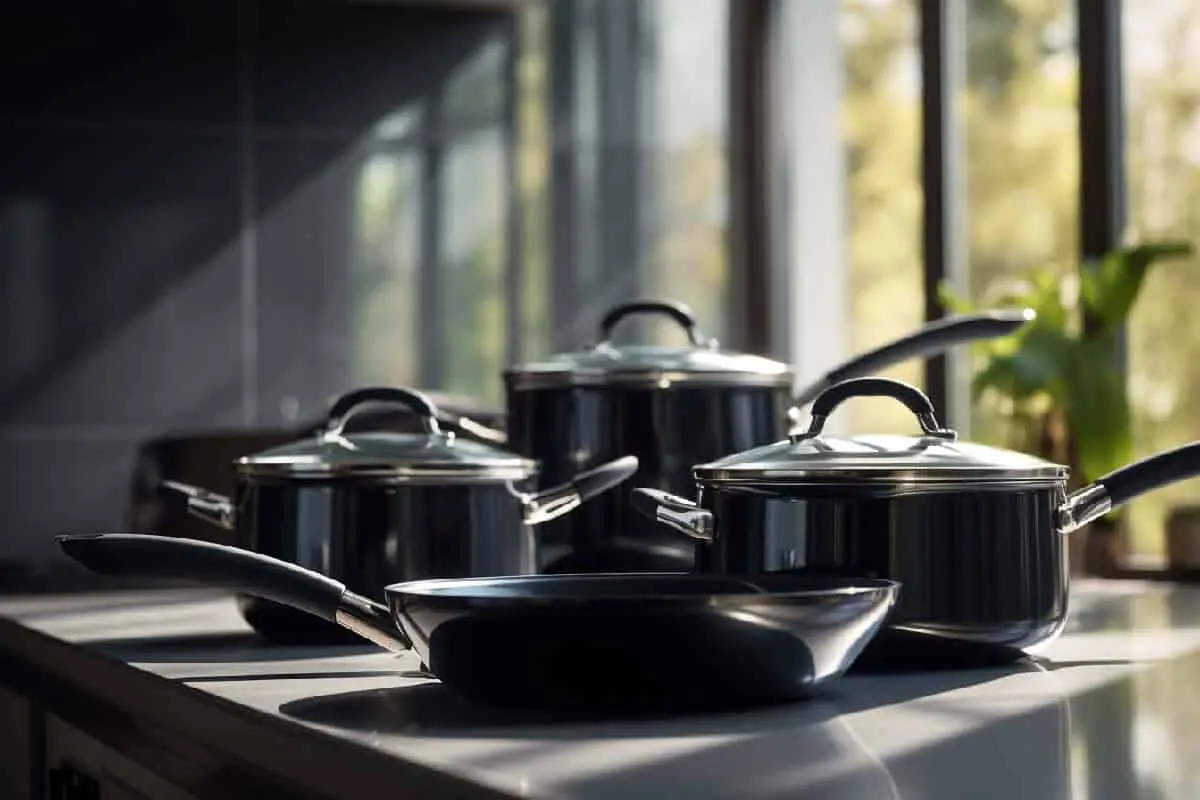
What is Quantanium? Why do I need to know about it and its safety precautions?
Aside from the fact that there are many non-stick cookware options on the market, we have found one particular brand of non-stick cookware that has a lot of people talking–Quantanium.
This guide will answer all your concerns about this product by providing you with information such as whether or not its safe for use in cooking.
Solution: The Non Stick Cookware Guide has everything you need to know about the safety of this product.
What is Quantanium nonstick coating?
Quantanium is a nonstick coating that’s been reinforced with a blend of titanium particles.
QuanTanium is an internally reinforced multi-coat nonstick coating system that makes it even more powerful and longer lasting.
This coating is extremely durable and can withstand almost anything, making it great value for money.
Are there any safety concerns associated with quantanium non stick cookware?

Quantanium non-stick cookware is a type of product that has become increasingly popular in recent years.
However, there are some safety concerns associated with this kind of cookware. One of the major concerns is that it contains PFOA and PTFE, but does it?
Does Quantanium contain PFOA?
PFOA (perfluorooctanoic acid) is a synthetic chemical that has been used in the manufacturing of non-stick cookware for many years.
PFOA is classified as a “forever chemical” because it does not break down in the environment and can accumulate in the human body over time. Numerous studies have linked PFOA exposure to adverse health effects, including cancer, reproductive toxicity, and liver damage. In 2016, the U.S.
Environmental Protection Agency issued a rule banning the use of PFOA in cookware manufacturing.
Keeping all that in mind, Quantanium non-stick coatings are completely PFOA-free, but what about PTFE?
Does Quantanium contain PTFE?

PTFE, also known as polytetrafluoroethylene, is a synthetic fluoropolymer of tetrafluoroethylene similar to PFOA.
PTFE is used as a non-stick coating for cookware because it is chemically inert and has a very low coefficient of friction.
PTFE is also used in other applications where lubrication and/or corrosion resistance is required, such as in gaskets, seals, o-rings, and bearings.
Quantanium non-stick coatings are PTFE (polytetrafluoroethylene) based.
They contain no perfluorinated chemicals, and have been independently tested for safety by the US Environmental Protection Agency (EPA).
Is PTFE safe though? Well , that’s a good question.
Let’s take a look at what the EPA has to say about PTFE: “PFOA is not persistent in the environment and does not bioaccumulate. It is not a human carcinogen and has very low toxicity to humans.”
And: “PFOA does not cause cancer in laboratory animals, including mice and rats, even when exposure levels are many times higher than those to which humans are typically exposed.”
So PTFE is deemed as safe, however some people are skeptical of using PTFE so it may not be the safest option for you. This is a personal decision, but the authorities have deemed it safe.
Which non stick coating is safest?
The most common non-stick coatings are made from polytetrafluoroethylene (PTFE), also known as Teflon. PTFE is a synthetic fluoropolymer that has a wide range of applications, including cookware. While PTFE is considered safe for most people, there have been some concerns raised about its safety.
One of the main concerns is that when PTFE is heated to high temperatures, it can release harmful chemicals into the air. Inhaling these chemicals can cause flu-like symptoms, such as headaches, nausea, and coughing. In extreme cases, it can also lead to pneumonia.
Another concern is that PTFE can leach into food when cooked in Teflon pans. While the amount of leaching is thought to be relatively low, it’s still possible for harmful chemicals to end up in your food.
If you’re concerned about the safety of Teflon cookware, there are other options available. One option is ceramic-coated cookware. Ceramic coatings are made from inorganic materials and are considered safe for cooking purposes. They’re also less likely to scratch or chip than Teflon pans, so they may last longer.
When should you throw away non-stick pans?
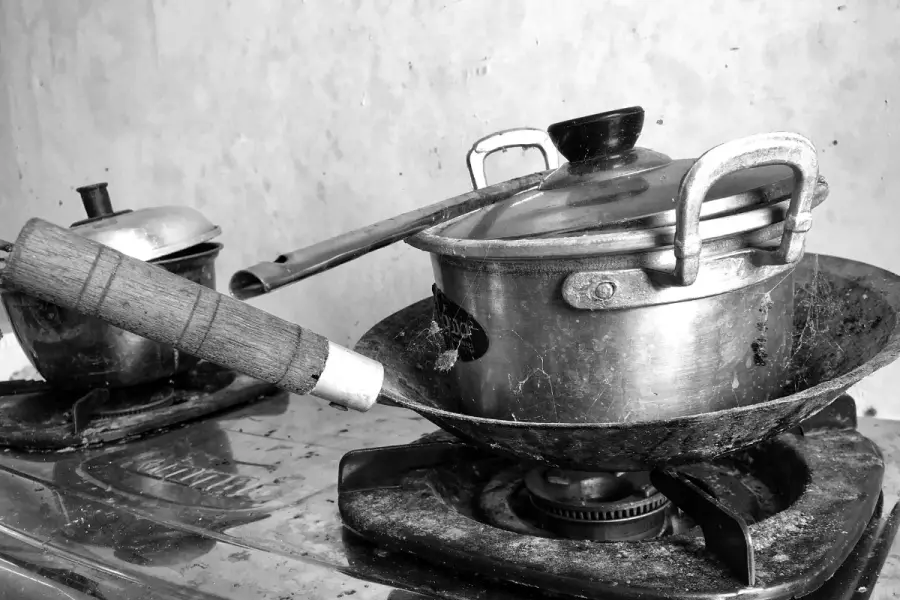
Non-stick pans can start to lose their effectiveness over time. If your non-stick pan is starting to lose its effectiveness, it is time to replace it as this is indicating that the non-stick coating is breaking down and this could leach chemicals into your food.
So personally if my non-stick pans have lost their effectiveness, or they have been scratched, I throw them away.
What are the benefits of using Quantanium non stick cookware?
The benefits of using Quantanium non stick cookware are as follows:
- Better resistance to scratching, abrasion and wear.
- Great non-stick capabilities
- Easy to clean and maintain.
- Dishwasher safe.
- Heat conduction is even and well distributed.
- Can be used in ovens up to 350 degrees F.
Quantanium vs ceramic cookware
Ceramic cookware is made from a mixture of clay and sand. The mixture is then moulded into the desired shape, dried and fired at high temperatures to harden it.
Quantanium is made from a combination of titanium and aluminum. The mixture is heated to high temperatures, then moulded into the desired shape, dried and fired at high temperatures to harden it.
So why do people choose Quantanium cookware over ceramic cookware? Well, Quantianium is non-stick, which is a big plus. Quantanium is also lighter than ceramic cookware and heats up quicker.
So Quantanium cookware is chosen over ceramic out of pure convenience, however those who are concerned with it being made with PTFE will opt for ceramic, as it comes close to quantaium cookware in terms of the features.
